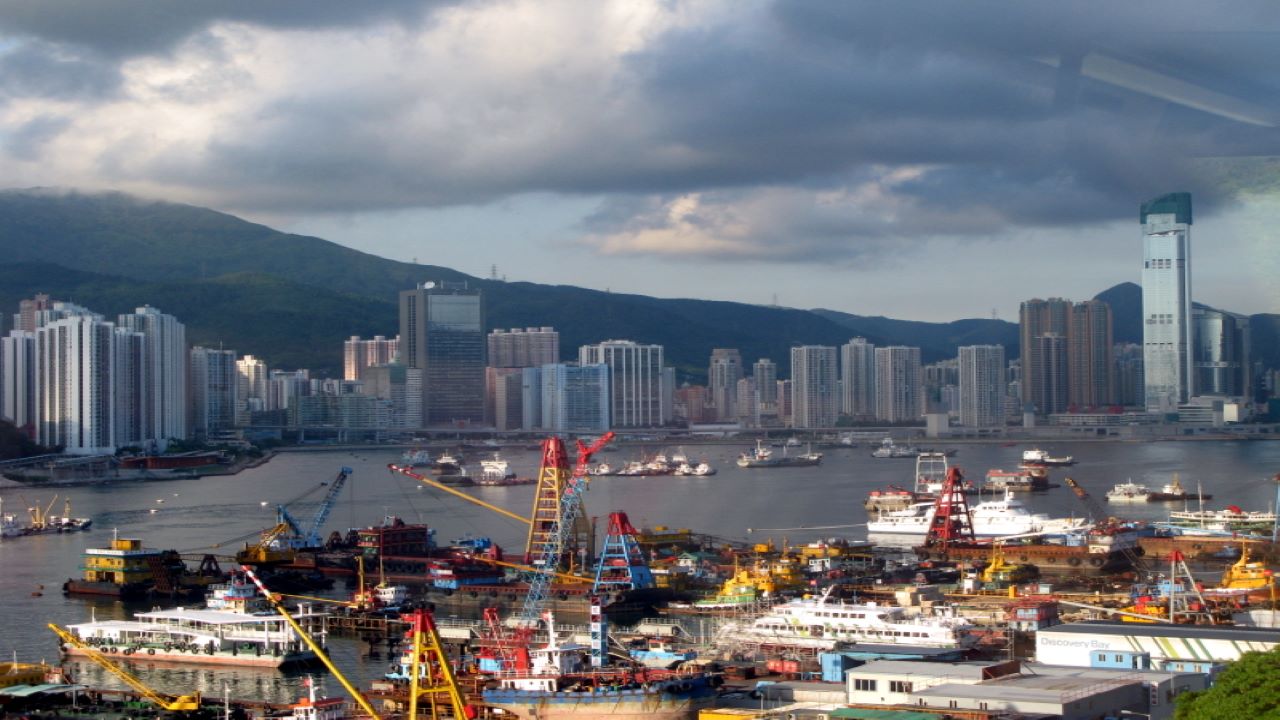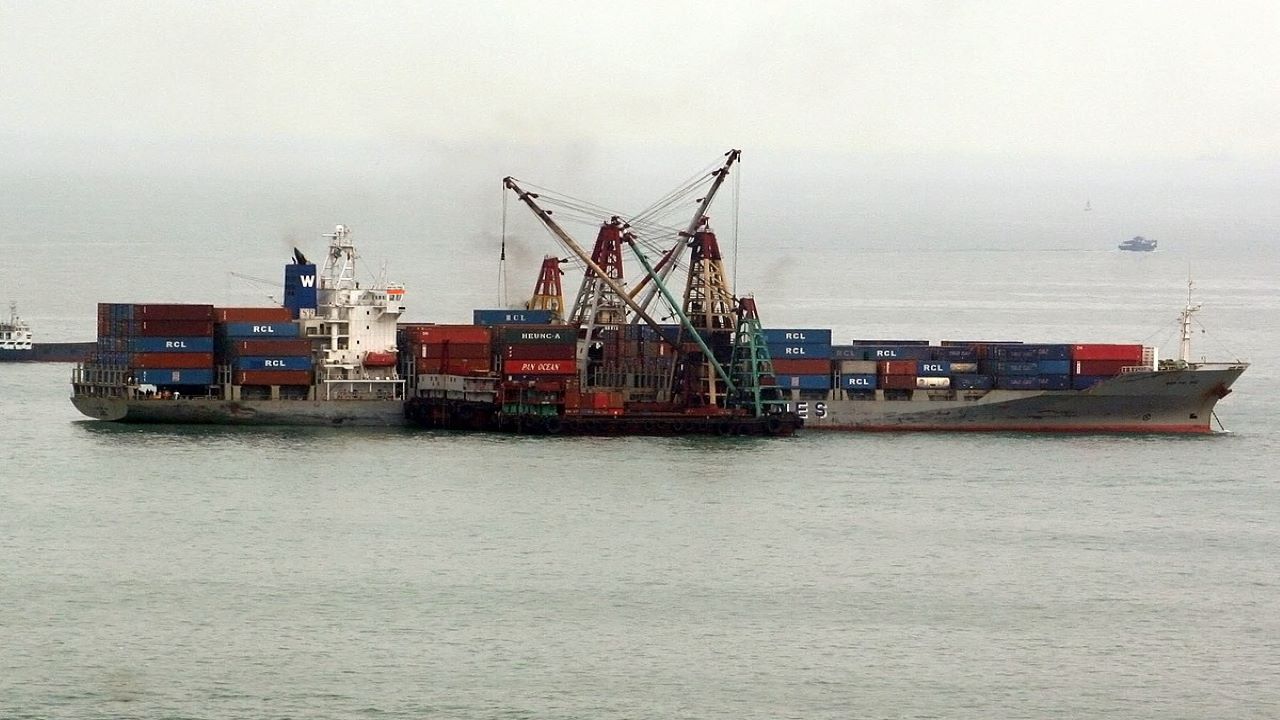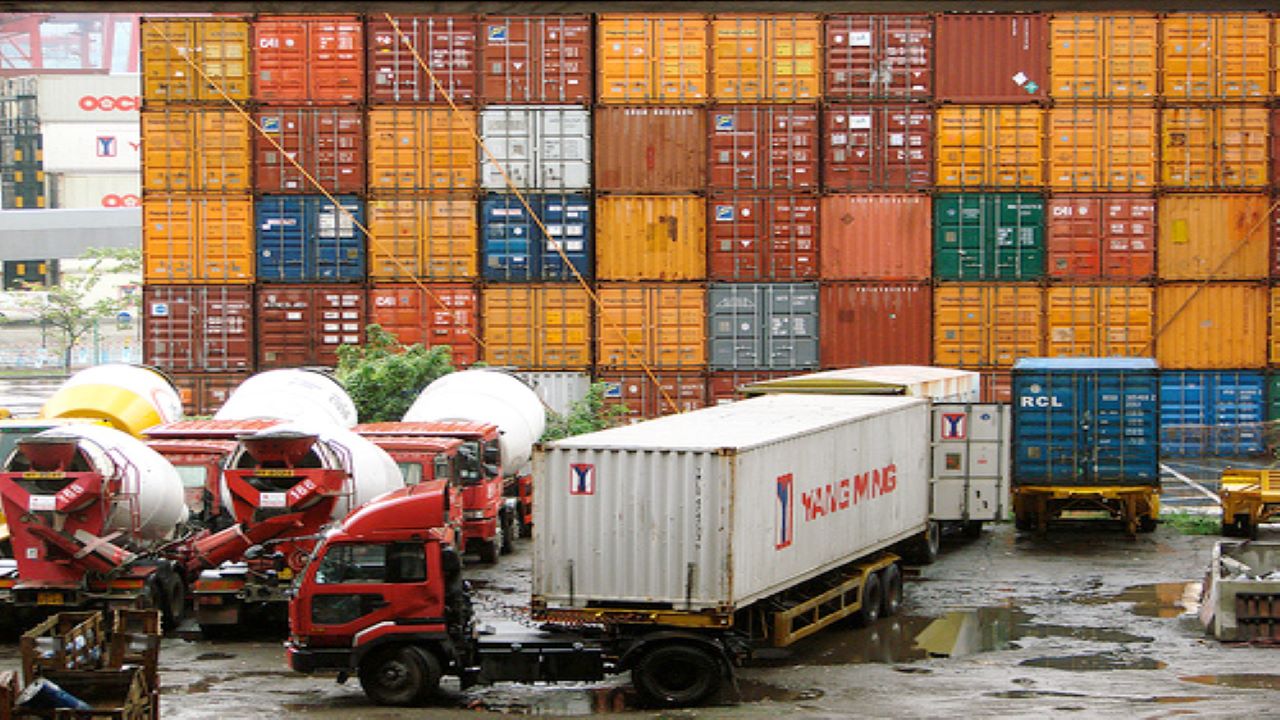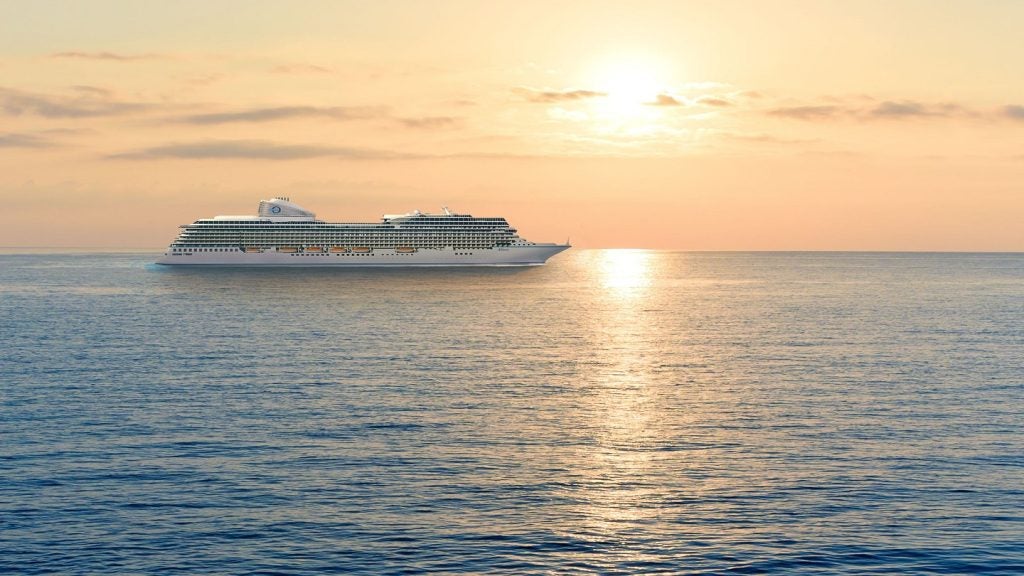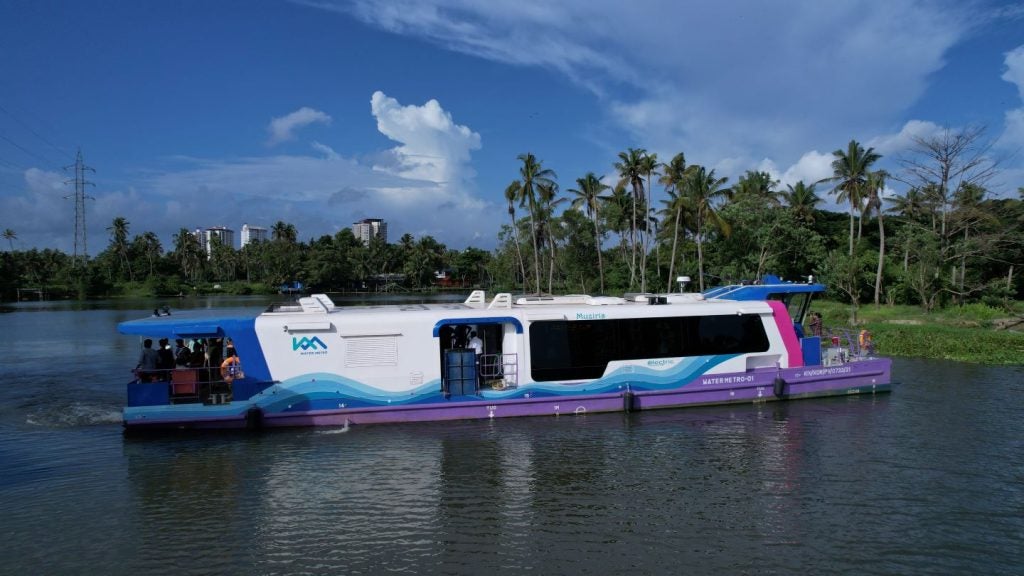The Port of Hong Kong is located on the Kowloon Peninsula off the South China Sea. It is a major hub in the Southeast and East Asian regions. The port offers 400 container liner services a week to more than 500 destinations worldwide.
The port is administered by the marine department of the Government of the Hong Kong Special Administrative Region. The Hong Kong Port Development Council undertakes planning and development of the port.
Port of Hong Kong construction details
The construction of the first three terminals began in 1970. Terminal 4 works commenced in 1974 and the port was expanded significantly with Terminals 5, 6, 7 and 8 by 1987. The River Trade Terminal construction was completed in 1999. Terminal 9 at Kwai Chung was constructed in 2004.
Critical functions
The Marine Department monitors and controls ship movements in the harbour and manages three cross-boundary ferry terminals and eight public cargo working areas. It also provides navigational aids and mooring buoys for ocean-going vessels.
The Director of Marine provides pilotage services for ships entering the port. The Hydrographic Office (HO) supplies nautical charts for safe navigation within the busy port. The Fire Services Department operates fire-fighting vessels around the port. Pollution control vessels deal with oil spills.
The port is also home to about 795 vessels from 14 government departments. These vessels are dedicated to the marine department’s port operations or for other departments that do not have their own fleet.
The Government Dockyard provides assistance in the design, procurement and maintenance of all the vessels operated by the government.
Port of Hong Kong throughput
The Port of Hong Kong is one of the busiest container ports in the world. In 2009, around 205,510 ships including ocean-going vessels and river trade vessels arrived at the port. The port handles 89% of Hong Kong’s total cargo throughput.
In 2009, the port handled 21m TEUs (20ft equivalent units), of which about 15.2m TEUs were operated by Kwai Chung and Tsing Yi Container Terminals and 5.9m TEUs by mid-stream and other wharves. The port’s container throughput reached 17.95 million TEUs in 2020. The port is capable of handling 456,000 vessels annually.
Port of Hong Kong facilities
The Port of Hong Kong has nine container terminals in the Kwai Chung area, Stonecutters Island and Tsing Yi. The consolidation of containers, breakbulk and bulk cargo operations are handled by the river trade terminal at Tsuen Mun. The mid-stream areas at the harbour are responsible for the loading and unloading of cargoes.
The Kwai Chung and Tsing Yi Container Terminals located in the north-western part of the harbour include nine container terminals. The total area consists of 24 berths with 7,694m of deep water frontage.
The container handling facilities occupy a total terminal area of about 279ha and feature container yards and freight stations. The nine container terminals have a total handling capacity of more than 19m TEUs.
The port offers dry docks, anchorages, slipways, repair and maintenance facilities for all types of vessels. Three floating dry docks are located off the west coast of Tsing Yi Island. The smaller shipyards at the port perform repairs and build specialised craft including patrol vessels and pleasure vessels for export markets.
Port operator
The Port of Hong Kong is financed, owned and operated by the private sector. The container terminals are operated by five companies, namely Modern Terminals (MTL), Hongkong International Terminals (HIT), COSCO Information & Technology (COSCO), Dubai Port International Terminals (DPI) and Asia Container Terminals (ACT).
Communication and technology
The Marine Department provides communication links across the port and its channels through the VHF radio network.
The Maritime Rescue Co-ordination Centre (MRCC) supplies maritime distress alert monitoring and organises maritime search and rescue operations within the Hong Kong region.
The Vessel Traffic Service (VTS) tracks vessel movements in the harbour area. This ensures the safety standard and traffic efficiency of the port. The VTS system can track 4,000 moving vessels plus 1,000 stationary targets in real-time.
It uses advanced technology such as AIS, ECDIS, CCTV, new VHF-direction finders and modern communications aids to enhance the navigational safety and functional efficiency in the port.
Container Terminal 10 (CT10) development
The government unveiled the proposed location for a new Container Terminal 10 (CT10) in its 2008-09 budget.
A preliminary feasibility study into building the terminal south-west of Tsing Yi Island was completed in January 2014. Later, a feasibility study for the south-west Tsing Yi Container Terminal area and a study on the strategic development plan for the Hong Kong port up to 2030 was announced. The proposed CT10 development plan included an eight-berth terminal of 400m berths, together with a 25ha container terminal and 10ha port backup area.
The CT10 development project was shelved due to financially and economically unfeasibility, as per plan and analysis.

